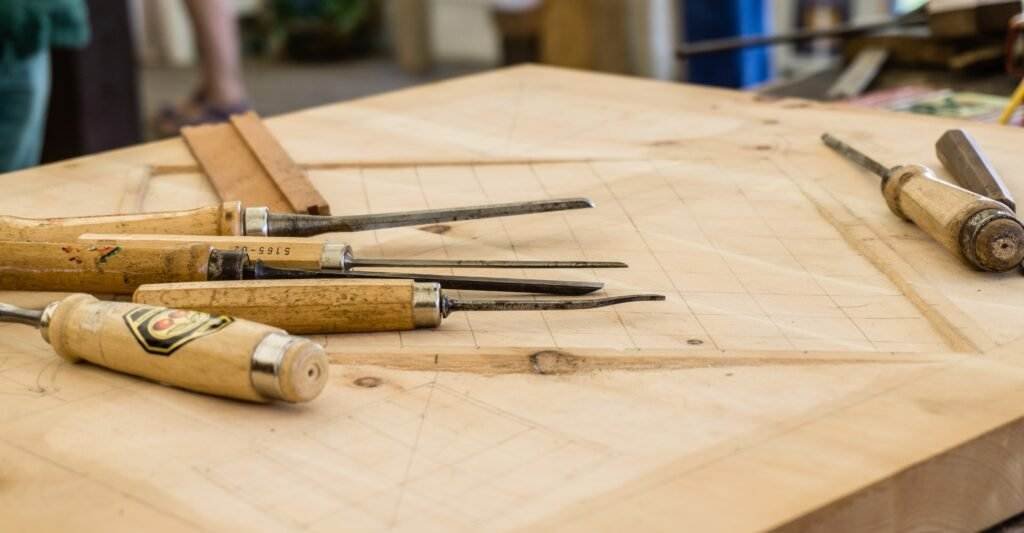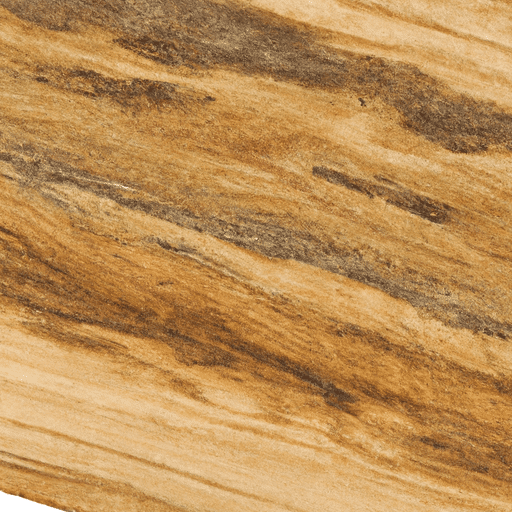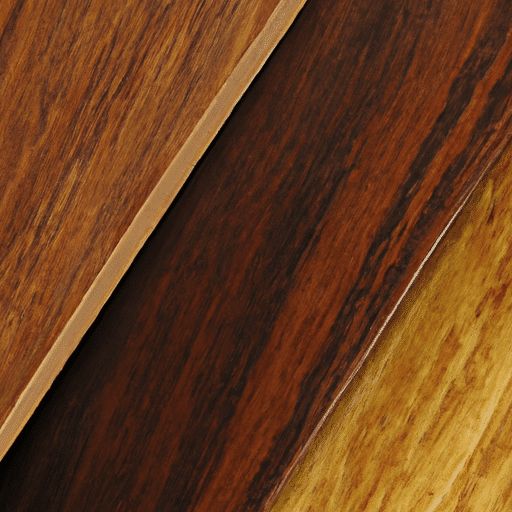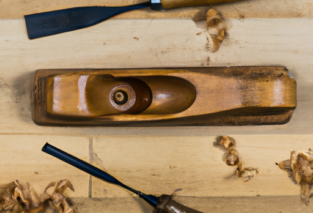Hello there! In this article, we will be discussing the fascinating topic of exploring exotic woods for your special projects. You will learn about the wide range of unique wood choices available that can add a touch of elegance and uniqueness to your next project. From the rich colors and patterns to the exceptional durability, these woods offer something truly special. So, buckle up and let’s dive into the world of exotic woods!

Chapter 1: Introduction to Exotic Woods
Exotic woods have long fascinated people with their unique characteristics and beauty. In this chapter, you will learn about the basics of exotic woods, the benefits of using them, and a brief history of their popularity.
Understanding Exotic Woods
Exotic woods are sourced from trees that are not native to a particular region. These trees usually grow in tropical or subtropical climates, and their wood is highly sought after for its distinctive qualities. Exotic woods are prized for their durability, unique color and grain patterns, and for their natural oil content.
Benefits of using Exotic Woods
Using exotic woods in your projects offers numerous benefits. Firstly, their durability and strength ensure that your creations will last for generations. Secondly, the exquisite color and grain patterns in exotic woods create a breathtaking visual appeal that is hard to replicate with other materials. Additionally, the natural oil content in these woods makes them resistant to rot and decay, making them ideal for outdoor applications. Lastly, the texture and workability of exotic woods allow for intricate and detailed woodworking.
History of Exotic Woods
The use of exotic woods dates back centuries, with civilizations from ancient Egypt to Asia recognizing their value and beauty. The Pharaohs of Egypt used ebony and rosewood in their furniture, while Chinese artisans carved intricate designs out of zebrawood and mahogany. Throughout history, exotic woods have been highly prized and associated with luxury and craftsmanship.
Chapter 2: Types of Exotic Woods
In this chapter, we will explore some of the most popular types of exotic woods and discover their unique characteristics that make them prized choices for special projects.
Rosewood
Rosewood is an incredibly dense and beautifully colored wood known for its striking grain patterns. It is often used in high-end furniture making and instrument crafting due to its stability and resonance. The rich reddish-brown hues of rosewood add elegance and sophistication to any project.
Ebony
Ebony is one of the most valued and sought-after exotic woods. Its jet-black color and fine texture make it a favorite for luxury furniture and musical instruments. Ebony’s hardness and resistance to warping make it ideal for intricate carvings and detailed work.
Zebrawood
Zebrawood gets its name from its distinct striped appearance, which resembles the stripes on a zebra. The contrasting light and dark colors create a visually captivating effect. Zebrawood is often used in high-end cabinetry, flooring, and decorative objects due to its durability and unique aesthetic.
Mahogany
Mahogany is a classic exotic wood famous for its rich reddish-brown color and straight grain. It has been a popular choice for furniture making, paneling, and boatbuilding for centuries. Mahogany’s natural beauty and workability make it a versatile wood for a wide range of projects.
Purpleheart
Purpleheart is known for its vibrant purple color that deepens and darkens over time. It is a hard and dense wood, often used in furniture making, flooring, and decorative accents. The unique color of purpleheart makes it a standout choice for those looking to make a bold statement.

Chapter 3: Characteristics of Exotic Woods
In this chapter, we will delve into the characteristics that make exotic woods so desirable for special projects.
Durability and Strength
Exotic woods are known for their exceptional durability and strength. Their dense composition and natural oils make them resistant to rot, decay, and insect infestations. This ensures that projects made with exotic woods will withstand the test of time and environmental elements.
Color and Grain Patterns
The distinctive color and grain patterns of exotic woods set them apart from their more common counterparts. From the deep red hues of rosewood to the striking striped patterns of zebrawood, exotic woods offer a wide range of visual options to suit any project.
Natural Oil Content
Many exotic woods have a high natural oil content, which provides them with added protection and longevity. These oils help prevent moisture absorption, making the woods resistant to warping and shrinking. The natural oils also enhance the beauty of the wood by deepening its colors and enhancing its natural luster.
Texture and Workability
Exotic woods are known for their fine texture, which makes them a pleasure to work with. They respond well to cutting, shaping, and finishing, allowing for intricate and detailed woodworking. The smooth surface and high workability of exotic woods make them highly desirable for creating finely crafted pieces.
Chapter 4: Sustainable Sourcing of Exotic Woods
As the demand for exotic woods continues to rise, it is essential to explore sustainable sourcing practices to protect these valuable resources for future generations. In this chapter, we will discuss the importance of sustainable sourcing, certification systems, and eco-friendly alternatives.
Importance of Sustainable Sourcing
Sustainable sourcing of exotic woods involves harvesting practices that ensure the long-term health and viability of forests. By sourcing wood from responsibly managed forests, we can preserve biodiversity, reduce negative environmental impacts, and support local communities that rely on these resources. Sustainable sourcing also helps combat illegal logging and deforestation, which are major global concerns.
Certification Systems
Certification systems such as the Forest Stewardship Council (FSC) and the Programme for the Endorsement of Forest Certification (PEFC) help consumers identify wood products that come from sustainably managed forests. These certifications ensure that the wood has been harvested in an environmentally and socially responsible manner, giving consumers peace of mind when purchasing exotic wood products.
Eco-Friendly Alternatives
In addition to sustainable sourcing, exploring eco-friendly alternatives to exotic woods is crucial for the future of our planet. These alternatives include using reclaimed wood, which reduces the demand for new wood and helps reduce deforestation. Additionally, advancements in technology have led to the development of composite woods, which are made from recycled materials and offer similar characteristics to exotic woods.

Chapter 5: Popular Uses of Exotic Woods
Exotic woods have been valued for their beauty and durability for centuries. In this chapter, we will explore some of the most popular uses of exotic woods in special projects.
Furniture Making
Exotic woods are highly sought after in furniture making due to their superior quality and unique aesthetics. From exquisite dining tables to intricately carved chairs, exotic woods add a touch of luxury and sophistication to any living space.
Musical Instruments
The resonance and tonal qualities of exotic woods make them prized choices for crafting musical instruments. Guitars, violins, and pianos made from exotic woods not only produce exceptional sound but are also visually stunning works of art.
Decorative Objects
Exotic woods are frequently used in the creation of decorative objects due to their natural beauty and durability. From intricately carved sculptures to ornate picture frames, these woods add a touch of elegance and individuality to any home or office.
Wood Carving
The workability and fine texture of exotic woods make them ideal for wood carving. Artisans can create intricate designs and sculptures with ease, bringing their creative visions to life with the help of these unique woods.
Chapter 6: Challenges and Precautions when working with Exotic Woods
While exotic woods offer numerous benefits, it’s important to be aware of the challenges and precautions that come with working with them. In this chapter, we will discuss health and safety considerations, handling and storage practices, as well as the cost and availability of exotic woods.
Health and Safety Considerations
Exotic woods can release dust and fumes during cutting and sanding, which can be harmful if inhaled. It is important to wear appropriate protective gear, such as a dust mask and gloves, when working with exotic woods to minimize health risks. Additionally, some exotic woods may cause skin irritations, so it’s important to handle them with care.
Handling and Storage
Exotic woods are sensitive to changes in humidity and temperature. It is crucial to acclimate the wood to the environment in which it will be used before working with it. Proper storage, such as keeping the wood in a cool, dry place, can prevent warping and ensure its stability.
Cost and Availability
Exotic woods are often more expensive than their more common counterparts due to their rarity and unique characteristics. The availability of exotic woods can vary depending on the region and the demand for specific species. It is essential to consider the cost and availability of exotic woods when planning your special projects.

Chapter 7: Maintenance and Care for Exotic Woods
To ensure the longevity and beauty of projects made with exotic woods, proper maintenance and care are essential. In this chapter, we will discuss cleaning and polishing techniques, protection against moisture and sunlight, and restoration techniques.
Cleaning and Polishing
Regular cleaning and polishing can keep exotic woods looking their best. Use a soft cloth or microfiber cloth to gently remove dust and debris. Apply a high-quality wood polish to restore the natural luster and shine of the wood.
Protection against Moisture and Sunlight
Exotic woods are sensitive to moisture and sunlight, which can cause fading, warping, and cracking. Use protective coatings, such as varnishes or sealants, to prevent moisture absorption and UV damage. Additionally, keep projects made with exotic woods away from direct sunlight and extreme temperature fluctuations.
Restoration Techniques
Over time, exotic woods may show signs of wear and require restoration. Techniques such as sanding, staining, and refinishing can breathe new life into tired-looking wood. It is important to follow proper restoration techniques to ensure the longevity and beauty of the wood.
Chapter 8: Alternative Materials for Unique Projects
While exotic woods offer a wide range of possibilities, there are alternative materials that can be considered for unique projects. In this chapter, we will explore composite woods, recycled materials, and bamboo as viable options.
Composite Woods
Composite woods are engineered wood products made from a combination of wood fibers and binders. These materials offer similar characteristics to exotic woods, such as durability and workability, but are often more affordable and readily available. Composite woods are an excellent choice for those looking for sustainable alternatives to exotic woods.
Recycled Materials
Using recycled materials for special projects is an eco-friendly and innovative approach. Reclaimed wood, salvaged from old buildings or furniture, can provide a unique aesthetic and historical value to your projects. Additionally, repurposing materials such as metal or plastic can add a touch of creativity and sustainability to your designs.
Bamboo
Bamboo is a versatile and renewable material that has gained popularity in recent years. It offers a unique aesthetic and a range of physical properties similar to exotic woods. Bamboo grows quickly and is highly sustainable, making it an excellent choice for those looking for eco-friendly alternatives to exotic woods.

Chapter 9: Case Studies: Extraordinary Projects with Exotic Woods
In this chapter, we will explore some extraordinary projects that showcase the beauty and versatility of exotic woods.
Luxury Yacht Interiors
Exotic woods are often used in the interiors of luxury yachts to create a lavish and sophisticated ambiance. From teak decks to mahogany cabinetry, these woods add a touch of elegance and opulence to the opulent world of yachting.
Architectural Masterpieces
Architects often incorporate exotic woods into their designs to create architectural masterpieces. From grand entrances to intricate ceiling details, exotic woods add warmth, character, and a sense of luxury to any building.
Artistic Expressions
Artists around the world use exotic woods to create stunning works of art. Sculptures, installations, and furniture that combine exotic woods with other materials demonstrate the limitless creative possibilities that can be achieved with these unique woods.
Conclusion: Embracing the Beauty and Versatility of Exotic Woods
In conclusion, exotic woods offer a world of possibilities for special projects. From their unique characteristics to the rich history and sustainable sourcing practices, these woods provide both beauty and functionality. Whether it’s furniture making, musical instrument crafting, or architectural designs, exotic woods add a touch of luxury and individuality to any project. So embrace the beauty and versatility of exotic woods and let your imagination soar when embarking on your next special project.





